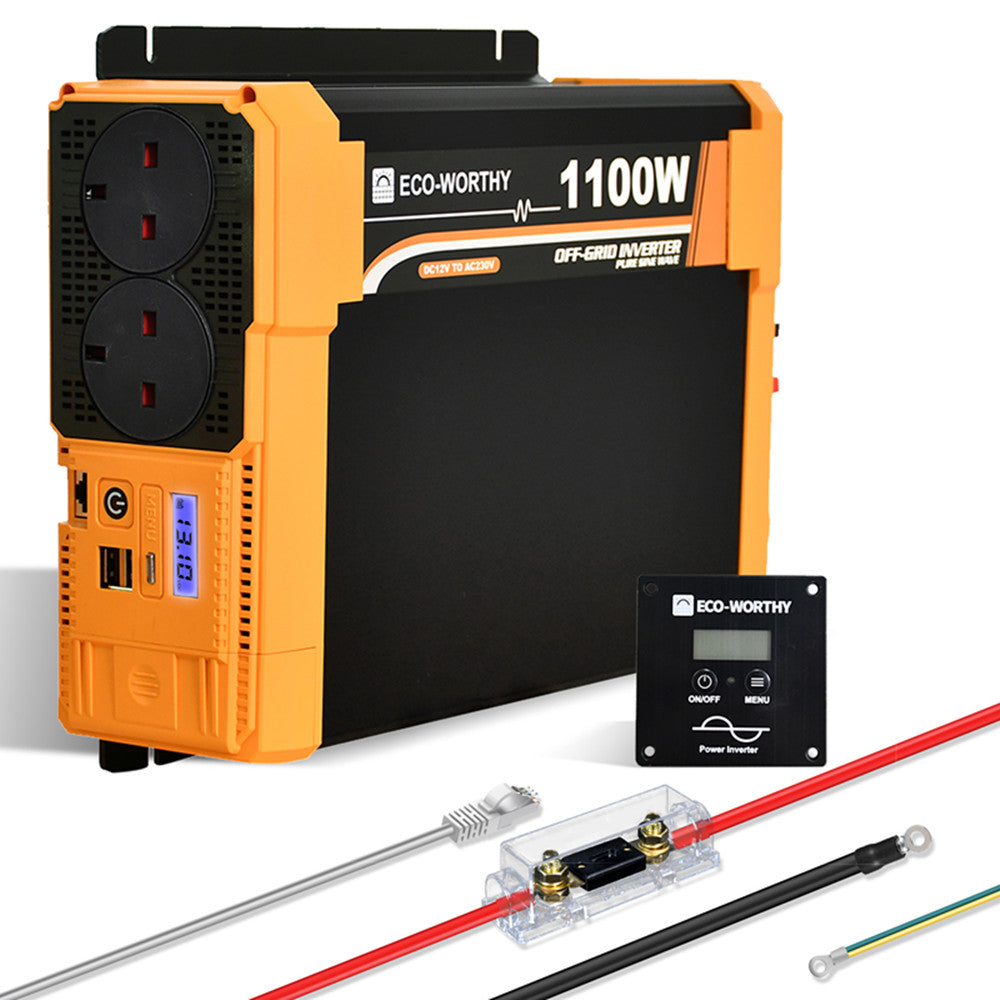The Science Behind Inverters: Understanding How They Convert Power
Body
In the realm of electrical engineering, the inverter plays a pivotal role in the conversion of direct current (DC) to alternating current (AC). This process is essential for the functionality of various electronic devices and renewable energy systems. But what exactly is an inverter, and how does it work?

What is an Inverter?
An inverter is an electronic device that transforms DC power, which is typically produced by solar panels or batteries, into AC power. This conversion is crucial because most household appliances and the electrical grid operate on AC power. Without inverters, the energy generated from renewable sources would be unusable for everyday applications.
Types of Inverters
There are several types of inverters, each designed for specific applications:
- String Inverters: Commonly used in solar energy systems, these inverters convert the DC output from multiple solar panels connected in series.
- Microinverters: These devices are attached to individual solar panels, allowing for greater efficiency and monitoring.
- Central Inverters: Typically used in large solar farms, they manage the output from many solar panels.
- Hybrid Inverters: These versatile inverters can manage both solar energy and battery storage systems.
How Do Inverters Work?
The operation of an inverter can be broken down into several key steps. Initially, the inverter receives DC power from a source, such as a solar panel. It then uses a series of electronic switches to convert this DC power into AC power. The process involves:
- Inversion: The inverter switches the direction of the current to create an alternating waveform.
- Filtering: The output is filtered to ensure a smooth AC waveform, suitable for household appliances.
- Output Regulation: The inverter regulates the voltage and frequency to match the requirements of the grid or the connected devices.
The Importance of Inverters in Renewable Energy
Inverters are not just crucial for converting power; they also enhance the efficiency of renewable energy systems. For instance, in solar energy applications, high-quality inverters can significantly increase the overall energy yield. This is why investing in a reliable inverter is essential for anyone looking to harness solar power effectively. For those interested in exploring various options, you can find a range of solar inverters at  .
.
Conclusion
Understanding the function and importance of inverters is vital for anyone involved in renewable energy or electrical systems. By converting DC to AC power, inverters enable the use of solar energy and other renewable sources in our daily lives. As technology advances, the efficiency and capabilities of inverters will continue to improve, paving the way for a more sustainable future.











Comments